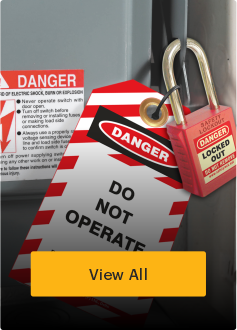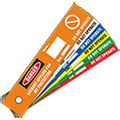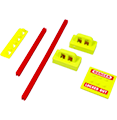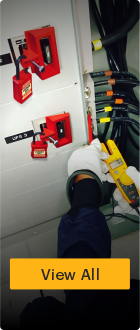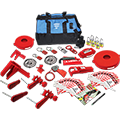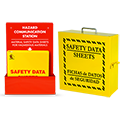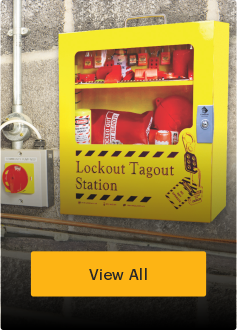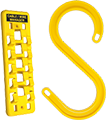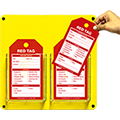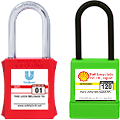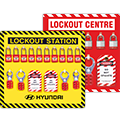Mastering LOTOTO: The Ultimate Guide to Lockout, Tagout, Tryout for Workplace Safety
Spread the loveThousands of workers perform high-risk servicing and maintenance on industrial machinery and equipment daily. These essential tasks, while routine, expose workers to severe hazards – especially when machinery unexpectedly restarts or releases stored energy. According to OSHA, failure to implement proper energy control procedures results in more than 50,000 workplace injuries and over […]
